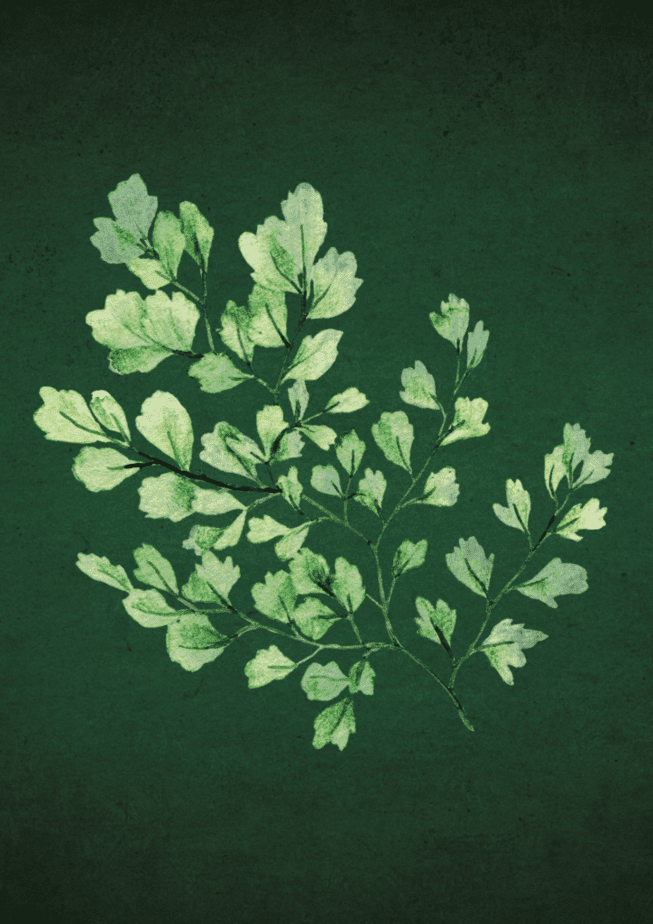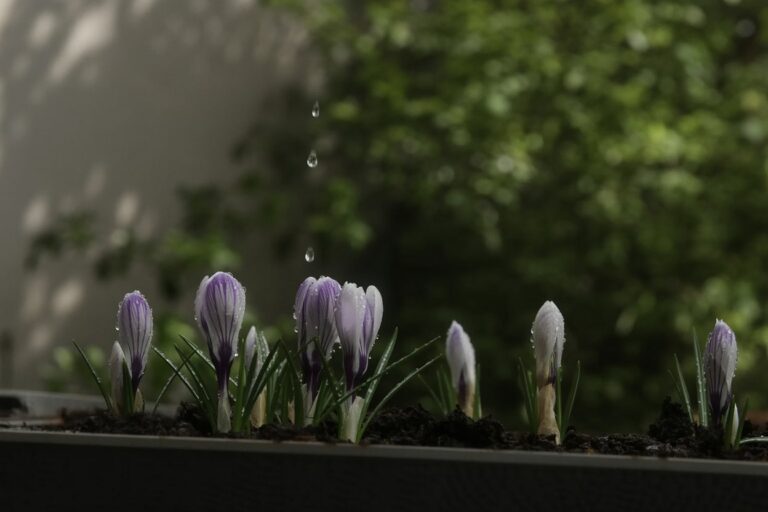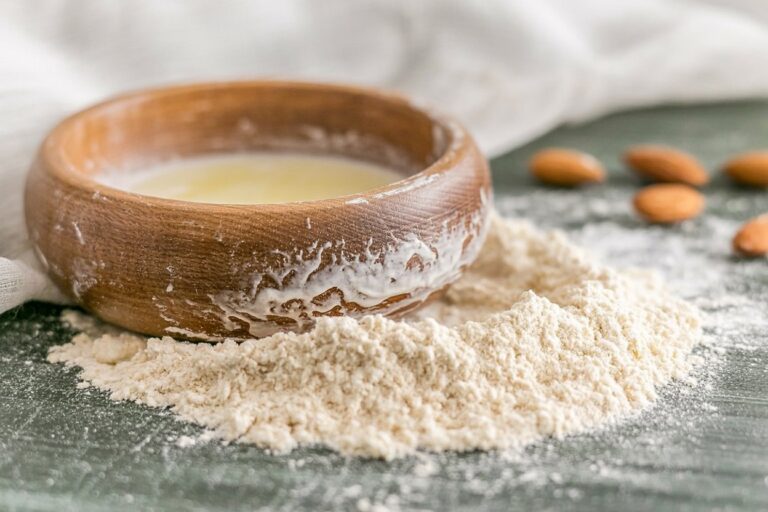Eco-Friendly Witchcraft: Why Magical Correspondences Require Ecological Awareness
Please note that posts on this site may contain affiliate links
Pick up the candle on your altar. Notice its weight. The wax came from somewhere. The wick was manufactured in a factory. When you light it, chemicals release into the air you breathe. After it burns down, what’s left will sit in a landfill or break apart in soil.
Right now, that candle means something to you. It marks time. It holds intention. It connects you to the element of fire or the energy of a specific color. That meaning is real.
But the candle exists in the physical world too. It was produced, shipped, purchased, used, and will eventually be discarded. Those facts don’t cancel out the symbolic meaning. They exist alongside it.
Most witchcraft writing talks about what materials represent. This post is about what they actually are, where they come from, and what happens to them after. Not instead of the magic. Alongside it.
Here are some more eco-friendly tips for green witches and any eco witches.

Why Materials Matter in Magic
When you choose a material for ritual work, you’re working with at least three kinds of meaning. There’s what the object is (a white candle, a ceramic bowl). There’s what it represents in your practice (purity, receptivity, the element of water). And there’s what it does in the physical world (releases chemicals when burned, takes up space when discarded, affects ecosystems during production).
Most magical writing focuses only on the symbolic layer. But the other layers shape your practice whether you acknowledge them or not.
Consider plastic. In 2025, only 9.5% of plastic materials produced globally came from recycled sources. The rest is new production. When you buy a plastic altar cloth or synthetic ritual robe, you’re participating in a system where 460 million tons of plastic entered the world in 2019, projected to reach 736 million tons by 2040.
This matters for magical work because correspondences are about relationships. Like attracts like. What you bring to your altar connects to larger patterns. A spell for abundance worked with materials extracted through exploitation carries that signature. You can’t separate the symbolic from the material.

Natural Fibers and Decomposition Rates
When magical writing recommends “natural materials,” it often stops there. But natural versus synthetic isn’t just symbolic. It’s a measurable difference in how long materials persist.
Cotton, linen, wool, and silk break down in months to a few years under the right conditions. Polyester, nylon, and acrylic can take 200 to 500 years. When you’re working with herbs, oils, stones, and natural fibers for spellwork, you’re choosing materials that return to the earth within a human lifetime.
This creates a direct link between choice and consequence. The material you select points to an outcome. Natural fibers decompose. Synthetics accumulate. Your altar setup becomes a small-scale model of a larger ecological pattern.
Does this mean you should never use synthetics? No. It means understanding what you’re working with. If you use a polyester altar cloth because it’s what you can afford or access right now, you’re making a practical choice. Just know what it is.


Easy Simmer Pot Recipes for Financial Abundance Using Herbal Witchcraft
Unlock prosperity and attract wealth with ‘Easy Simmer Pot Recipes for Financial Abundance Using Herbal Witchcraft‘ for just $3.99—transform your life with potent, magical simmer pot spells.
Thrift Stores as Ritual Supply Sources
Here’s where ecology and accessibility converge. Getting most of your tools and supplies from thrift stores offers a way to build your practice that’s both cheaper and less extractive.
Thrift shopping for clothing reduces carbon emissions by up to 90% compared to buying new. The same principle applies to ritual tools. An offering bowl from Goodwill doesn’t require new ceramic production. A secondhand scarf for altar covering doesn’t pull resources from the textile supply chain.
Your local thrift store likely has chalices and goblets in the glassware section, offering bowls in dishware, knives that can serve as athames in kitchen tools, scarves and fabric for altar coverings in textiles, candle holders in home décor, and storage containers for herbs and supplies in kitchen and storage sections.
This isn’t about poverty aesthetics or glorifying scarcity. Extending the life of existing objects reduces the need for new production. When you donate ritual tools you no longer use (athames, tarot decks, unused candles), you’re feeding that same cycle.

Growing Your Own Herbs Changes the Relationship
There’s a difference between buying dried mugwort in a plastic bag and growing it on your windowsill. The first is a transaction. The second is a relationship.
Indoor herbs improve air quality through photosynthesis and transpiration, with the soil itself contributing to cleaner air. Common herbs you can grow like basil, rosemary, thyme, mint, and oregano thrive indoors with six hours of sunlight.
Growing herbs for ritual work means you know exactly what went into them. No pesticides unless you chose them. No exploitation in the supply chain. No shipping emissions. Just you, soil, water, and sun.
Start simple. A sunny south-facing windowsill works for most herbs. If you don’t have good light, inexpensive grow lights extend your options. You can begin with one or two plants and expand as you learn what works.
When you harvest your own herbs for offerings, you’re working with plant material you’ve tended. The magical relationship is different because the material relationship is different.

Making Supplies: When It Makes Sense
DIY witchcraft content often suggests making everything from scratch. That’s not always practical or ecological. Making your own athame requires metalworking skills and equipment. Making ritual bowls requires clay, tools, and a kiln or air-dry alternatives.
Here’s where it makes sense:
Candles: Handmade candles let you control the wax type, color, and scent while adding intention during creation. You can choose plant-based waxes (soy, coconut, beeswax) over petroleum-based paraffin. While paraffin itself is a petroleum byproduct and burns cleanly in controlled studies, plant-based options avoid petroleum extraction systems entirely.
Incense: Blending your own loose incense from herbs and resins gives you control over ingredients and removes the need for synthetic binders and charcoal discs in premade cones and sticks.
Simple tools: Air-dry clay works for small offering bowls and dishes (not for direct flame contact). Carved wood makes beautiful incense holders if you have basic wood tools. Fabric altar cloths require only scissors and optional simple stitching.
The ecological benefit of DIY is avoiding the production, packaging, and shipping of new commercial items. The magical benefit is that you’ve imbued the tool with intention from the start.
But if buying a secondhand ritual tool costs less time, money, and energy than making your own, that’s also a valid choice. Don’t let perfectionism block practice.

Where Witchcraft Meets Climate Reality
Witchcraft practices have always involved close observation of natural cycles. Moon phases, seasonal shifts, plant growth, weather patterns. You can’t do this work without noticing that those cycles are changing.
This isn’t about adding climate activism to your to-do list. A practice built on relationship with nature has to respond when those relationships are under threat.
Some witches focus on direct action and environmental organizing. Others work through ritual, approaching climate through symbolic and psychological channels. Both are valid. Both can coexist in the same person at different times.
What matters is that your practice doesn’t remain abstract while the systems you depend on collapse. If you work with herbs, you need viable ecosystems. If you work with water, you need clean water sources. If you work with moon phases, you need a stable climate that allows you to step outside at night.
The connection between sustainable practice and magical practice isn’t metaphorical. The objects on your altar came from somewhere. They’ll go somewhere when you’re done with them. Those movements have consequences.

Making It Practical
Start with observation. What materials are you currently using in your practice? Where did they come from? What are they made of?
You don’t need to change everything at once. You can:
Pick one area of your practice to shift. Maybe you commit to buying candles from local makers using plant-based wax. Or you source your next five tools from thrift stores instead of witch shops.
Grow one type of herb. Just one. See how it changes your relationship to plant work.
Extend the life of what you already have. Repair damaged tools instead of replacing them. Donate what you’re truly finished with rather than throwing it away.
Notice the difference between magical thinking and magical practice. Magical thinking says, “I’ll manifest abundance and the universe will provide.” Magical practice says, “I’m building abundance by working with what’s actually here, extending cycles, and reducing harm.”
These aren’t the same thing.
The Correspondence No One Talks About
Here’s the correspondence that conventional magical writing misses: extraction creates extraction. Disposability creates disposability. Sustainable cycles create sustainable cycles.
When you choose materials that can return to the earth, when you extend the life of objects through reuse and repair, when you build relationships with plants instead of just consuming them, you’re practicing a different kind of magic.
Not better. Not more real. Just different. One that acknowledges that symbolic action and material action are two faces of the same gesture.
Your practice doesn’t have to be perfect. Mine isn’t. But it should be honest about what it’s made of and where it’s going.
That honesty is itself a form of clarity. And clarity has always been the most practical magic.

Moon Magic Bundle: Embrace Lunar Power
Unlock the mysteries of lunar magic with the ‘Moon Magic Bundle‘—a transformative collection of guides now available for just $10.99, nearly 50% off the regular price of $21.95.







